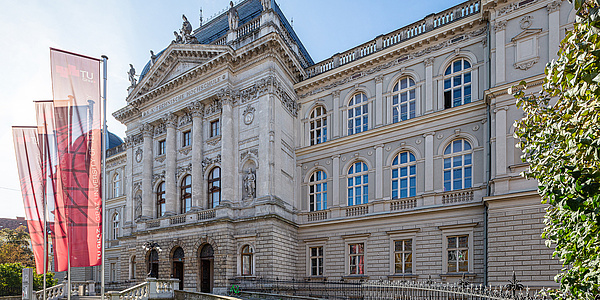Without CO2 Emissions: What It Means for Buildings
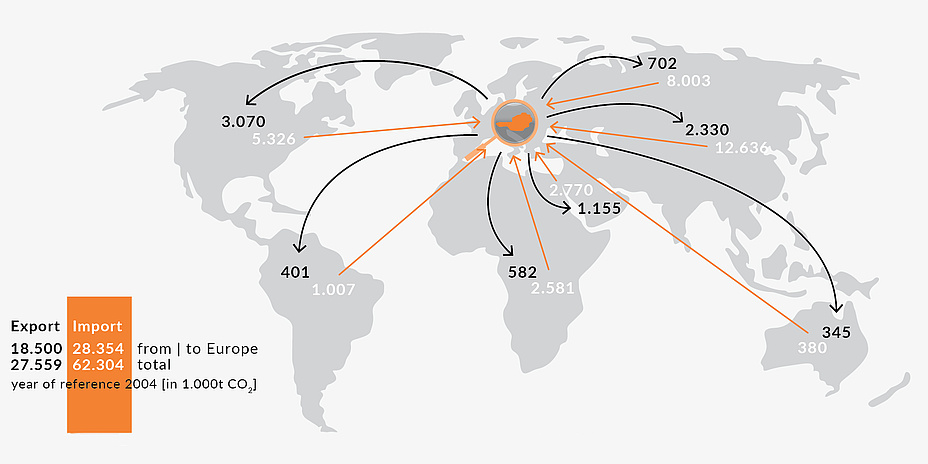
In 2015, the international community agreed at the UN Climate Summit in Paris (COP21) to "limit the average global temperature increase to well below 2 °C compared to the pre-industrial level and strive to limit temperature increase to no more than 1.5° C". As a consequence, the global economy needs to pursue a full decarbonisation program – i.e. the total reduction of CO2 emissions through the complete abandonment of fossil fuels – in order to avoid emitting any further greenhouse gases (GHG) by 2050 at the latest. To date, GHG emissions have also been largely recorded "on a territorial basis", that is to say counted on the basis of the geographical location in which they were created. However, it will be required to include "consumptionbased" emissions, i.e. those emissions that occur in the production of goods abroad, but are consumed in another country and thus "imported" (see Figure 1). If Austria maintained the current level of GHG emissions, it would have to stop emitting any further GHGs to still be able to meet the climate goals in less than 20 years from now. The path to prevent this extreme scenario is clear: we need a gradual transition to "net zero greenhouse gas emissions".
Life Cycle Sustainability Assessment
In order to achieve the required emission reductions in the construction sector, targeted strategies as well as a continuous evaluation of the effectiveness of measures are required. The good news is that, as a result of stricter legal requirements for the operation of buildings (e.g. energy performance certification and construction regulations), energy efficiency in new buildings has been increased. The extent of the thermal refurbishment of the building stock, however, still falls far short of expectations. It is generally overlooked that not only emissions from building operation (electricity consumption, heating and cooling, etc.) are relevant, but also the so-called "embodied" emissions. These result from the sourcing of raw materials and their processing into products and therefore also occur to a great extent in the manufacturing of buildings. Especially in the construction of new buildings, the focus of environmental impact – both relative and absolute – is increasingly shifting from the use phase to the production and construction phase (see Figure 2).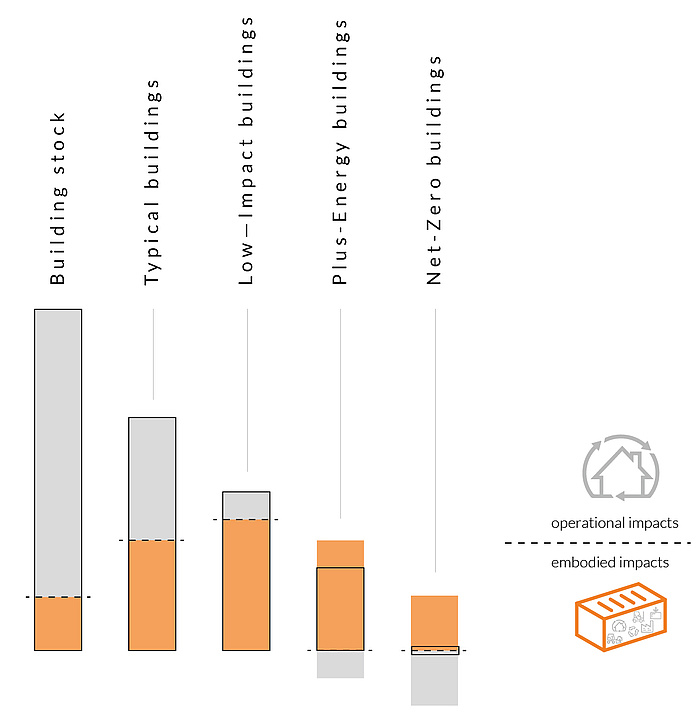
IEA EBC Annex 72
In the international research project IEA EBC Annex 72: Assessing Life Cycle Related Environmental Impacts Caused by Buildings, 35 institutes from over 20 countries will develop next steps in the determination of the environmental impacts along the life cycle of buildings. The Austrian representative in the project (duration 4 years) is TU Graz’s Sustainable Construction Working Group. In late November the working phase of IEA EBC Annex 72 was officially launched with the first expert meeting at TU Graz.
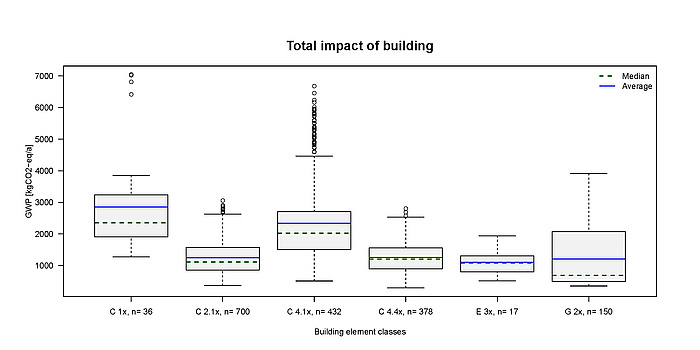
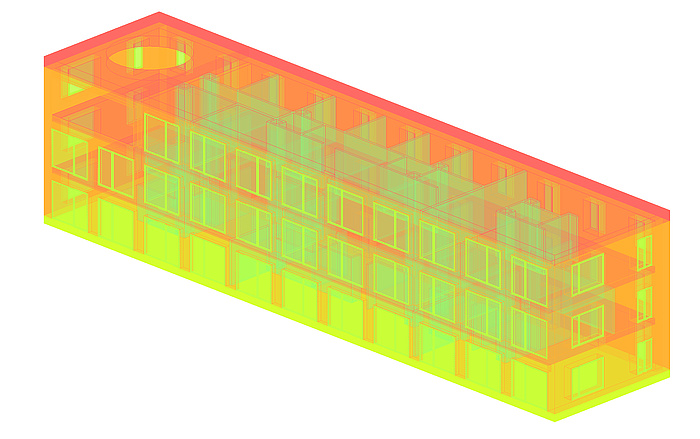
From gray theory to practical implementation
By harmonizing assessment methods and enabling their application in the design process, IEA EBC Annex 72 aims to support the determination of adequate measures with regard to the formulated climate goals and enhance their implementation in the construction sector’s daily practice. In the project, expert surveys and stakeholder workshops will be conducted to actively involve stakeholders from everyday practice, science and policy level. At the COP23 summit in Bonn in early November, an initial workshop was held during the Building Action Symposium where specific measures and the IEA EBC Annex 72 were presented by Alexander Passer. As a result of the project, recommendations and guidelines for action will be developed to provide guidance for individual actors and support the implementation of targeted strategies in the field of sustainable construction.
Kontakt
Assoc.Prof. Dipl.-Ing. Dr.techn. MSc
Institute of Technology and Testing of Construction Materials
Waagner-Biro-Straße 100/XI | 8020 Graz
Phone: +43 316 873 7153
<link http: _blank int-link-external external link in new>alexander.passer@tugraz.at


